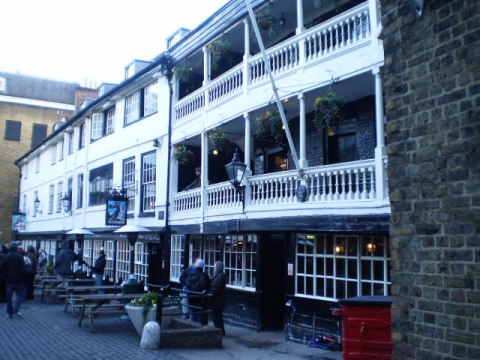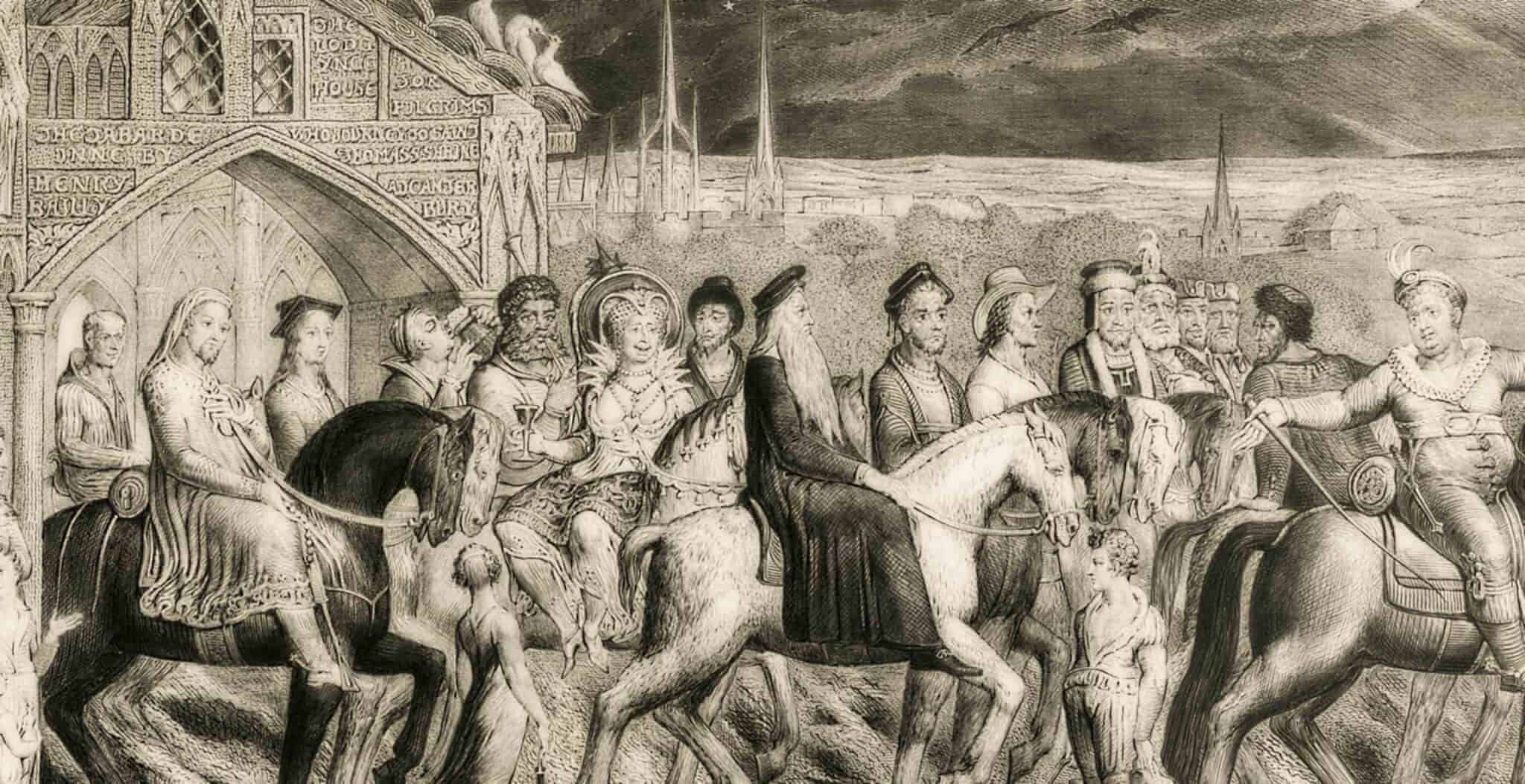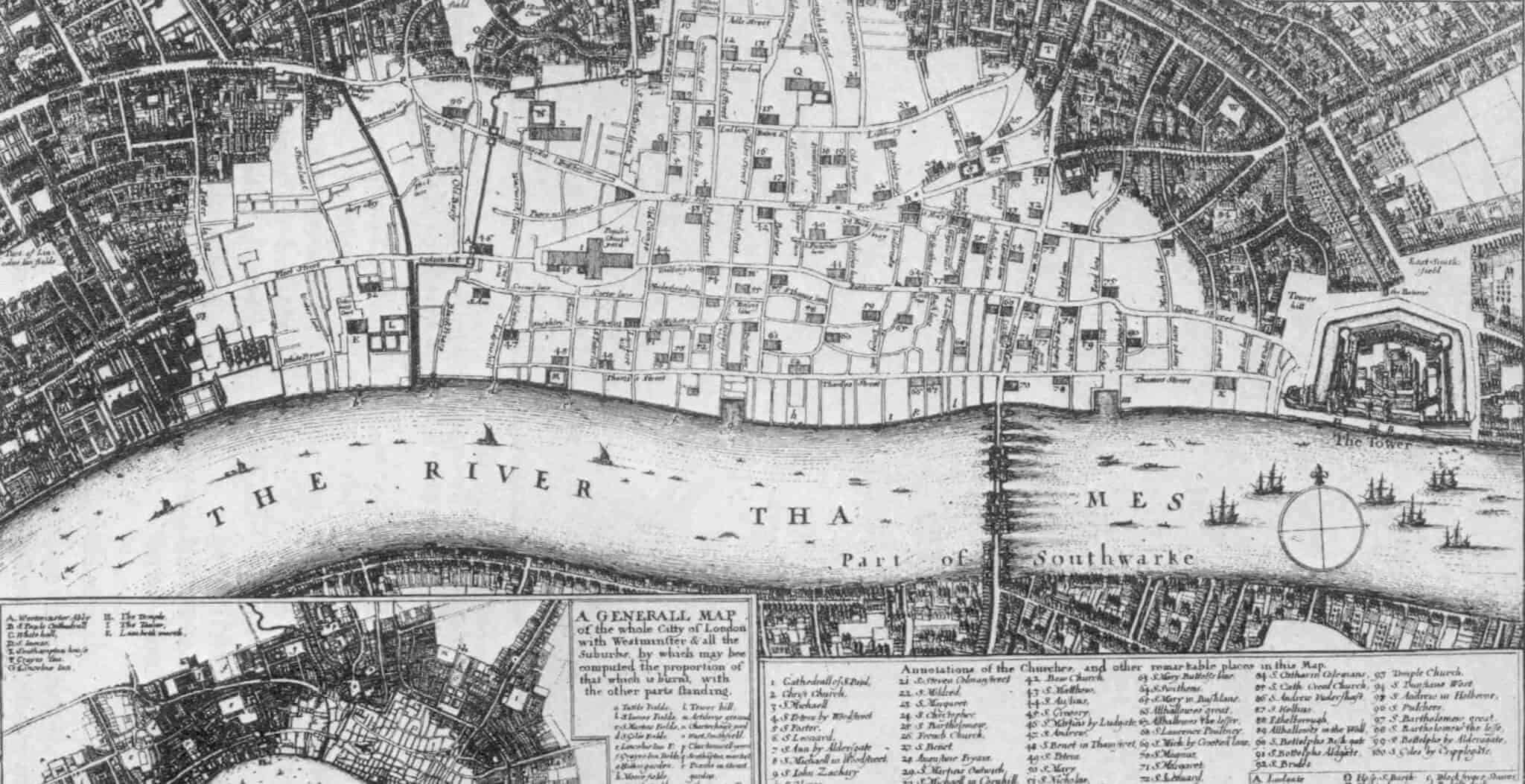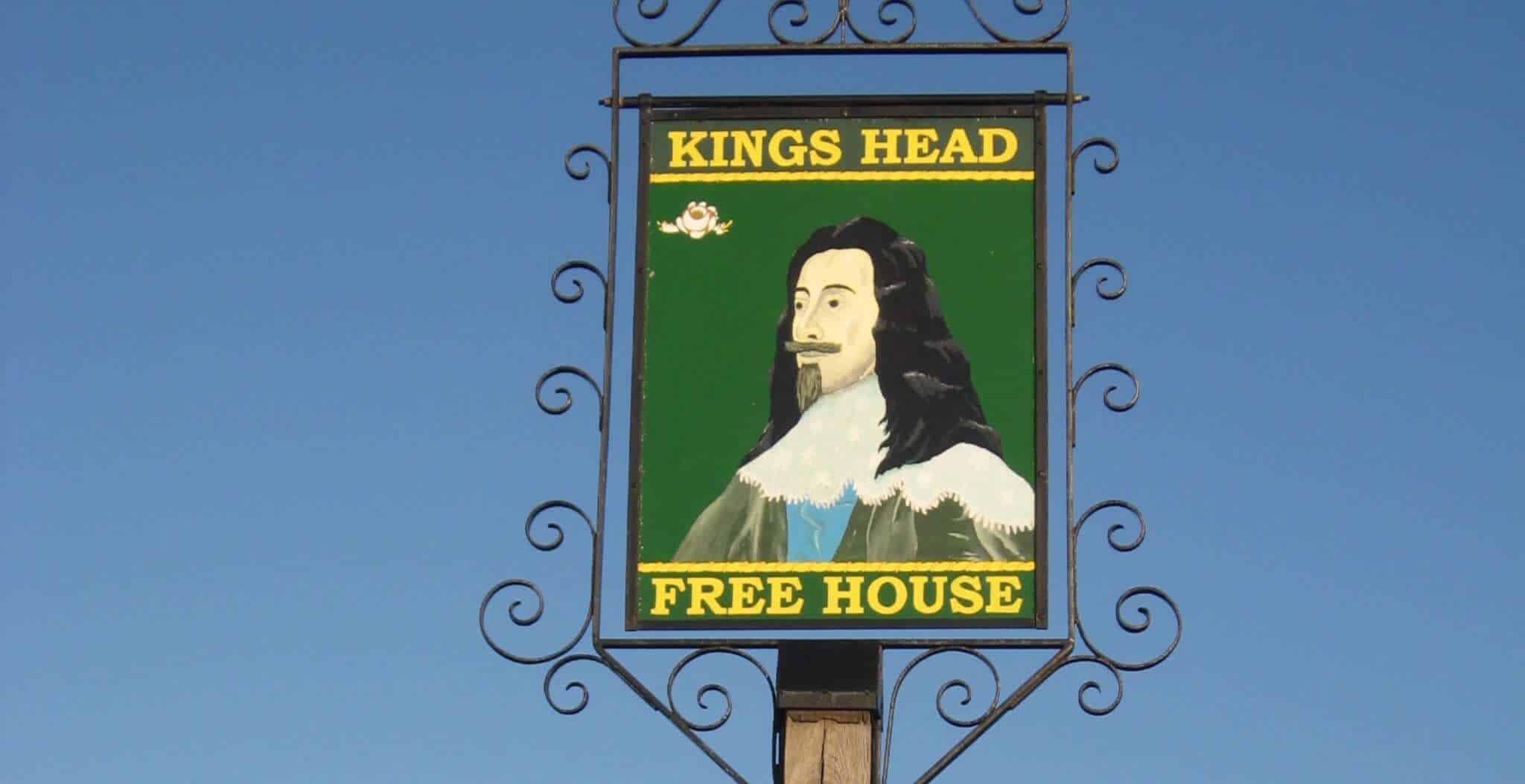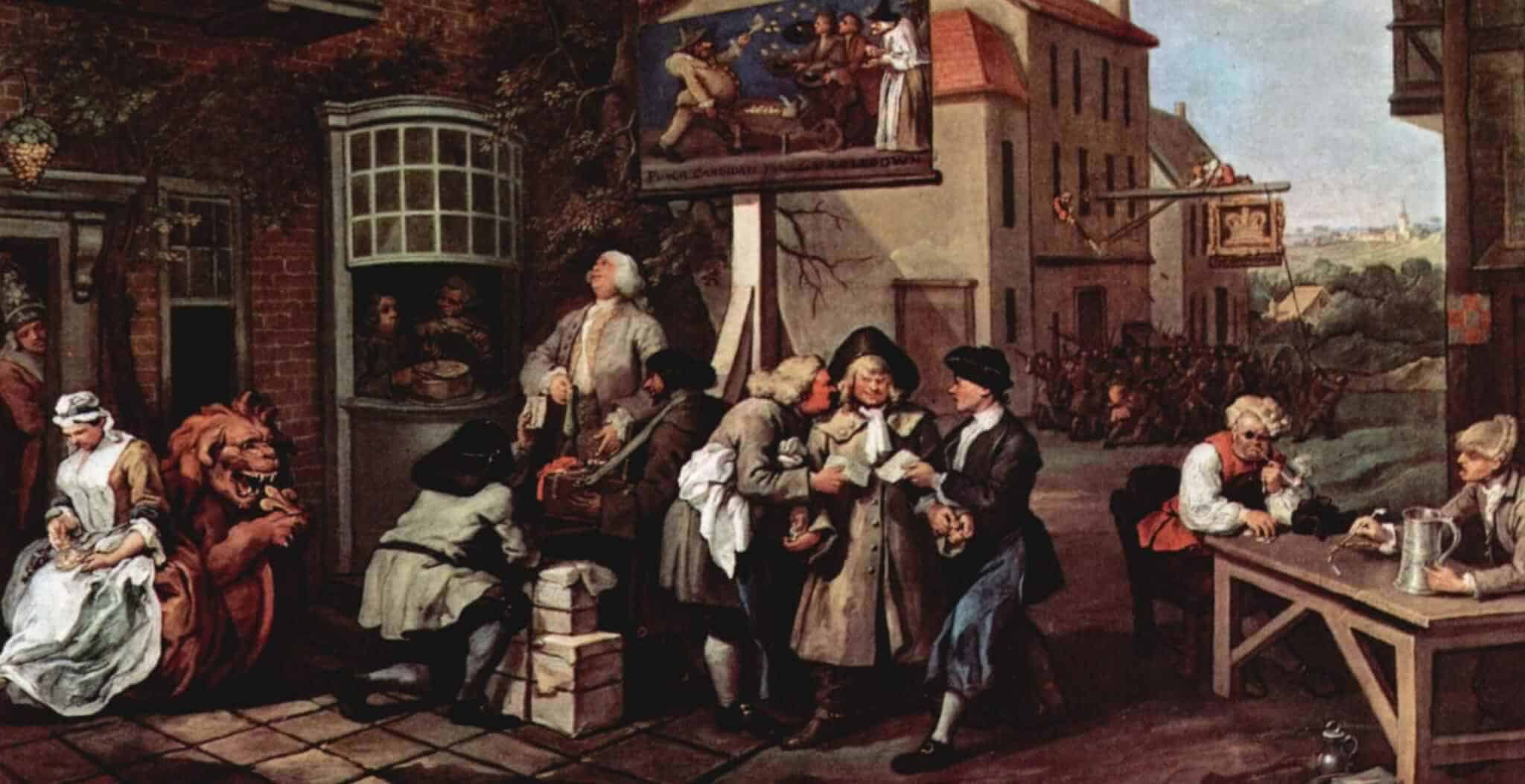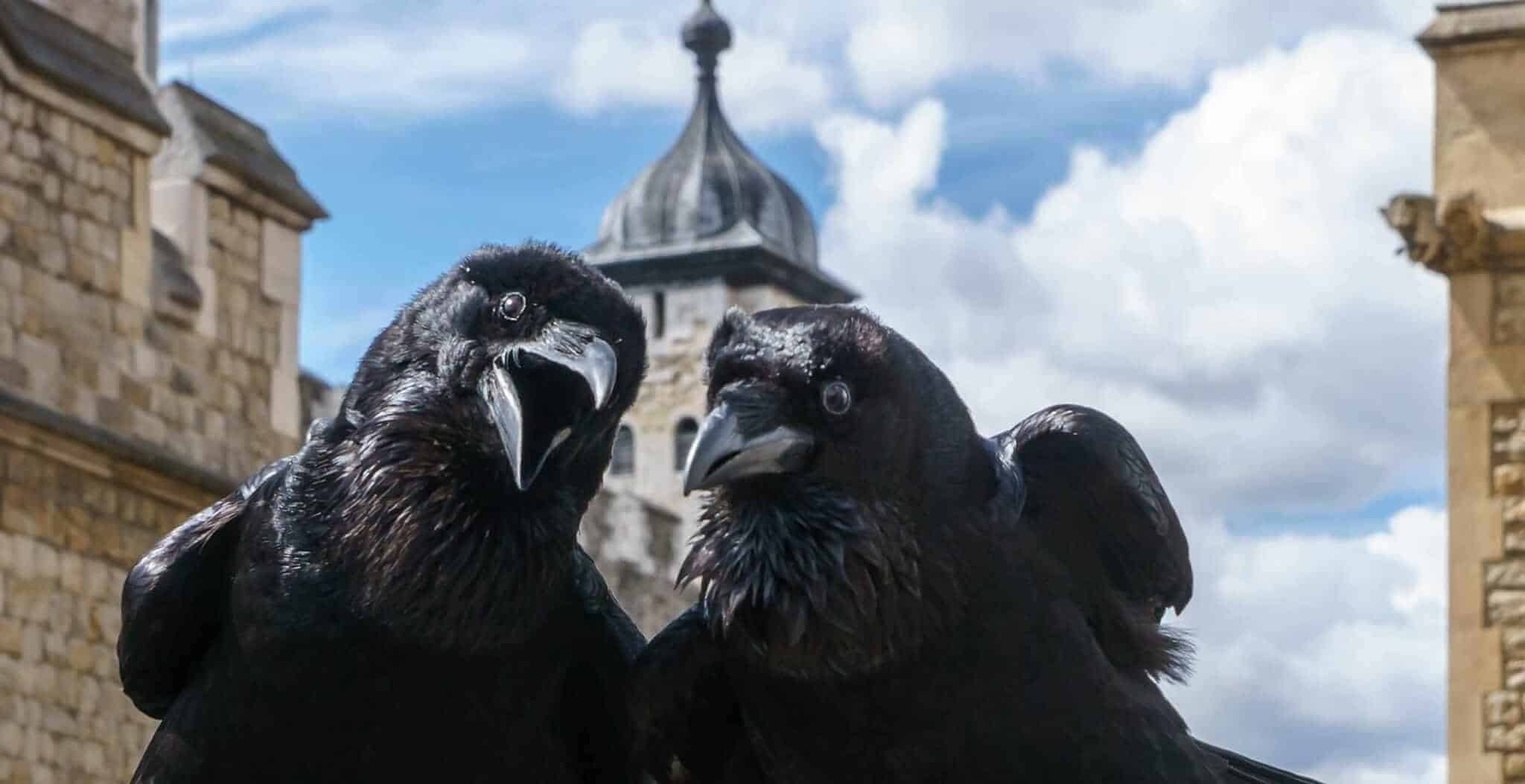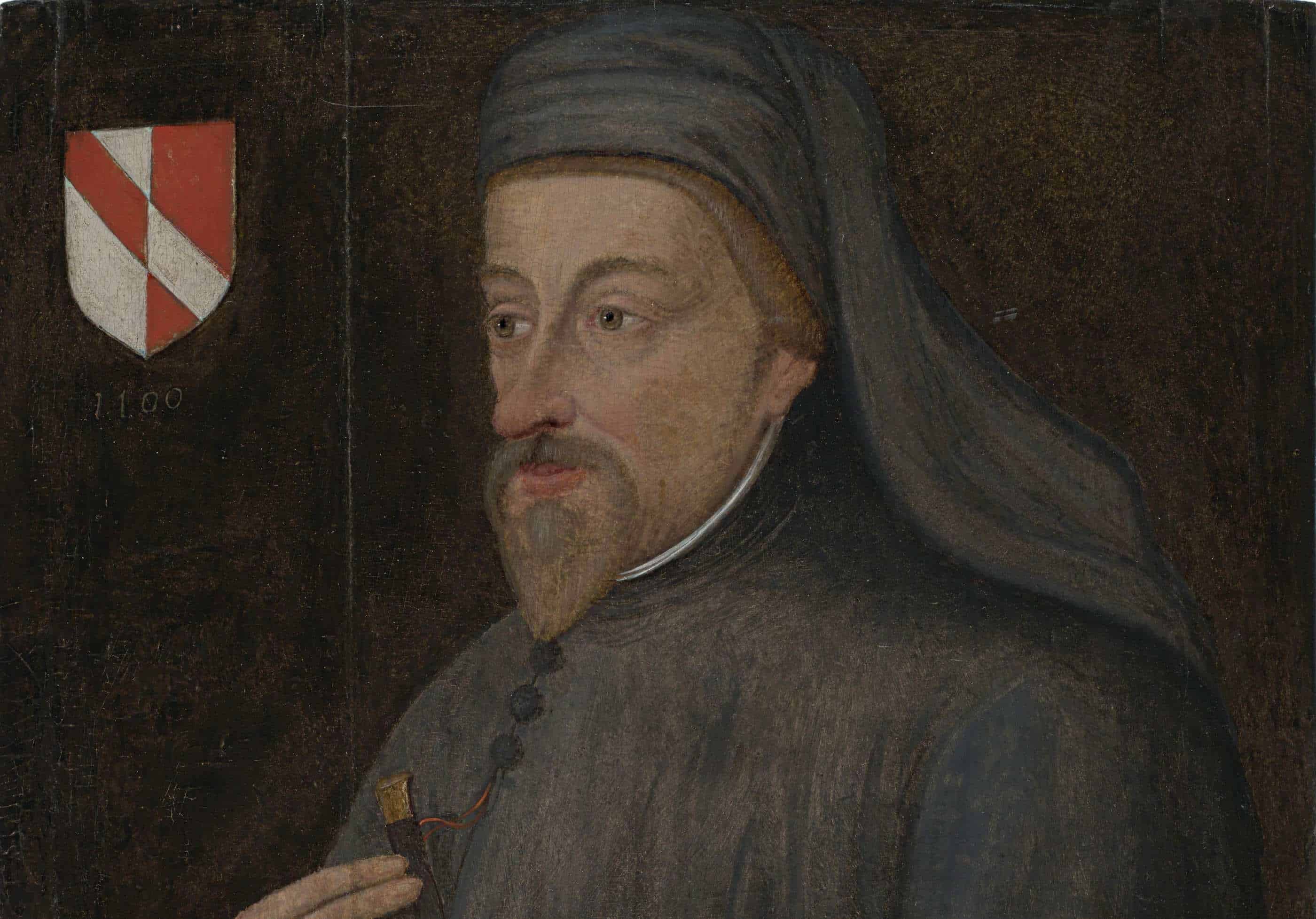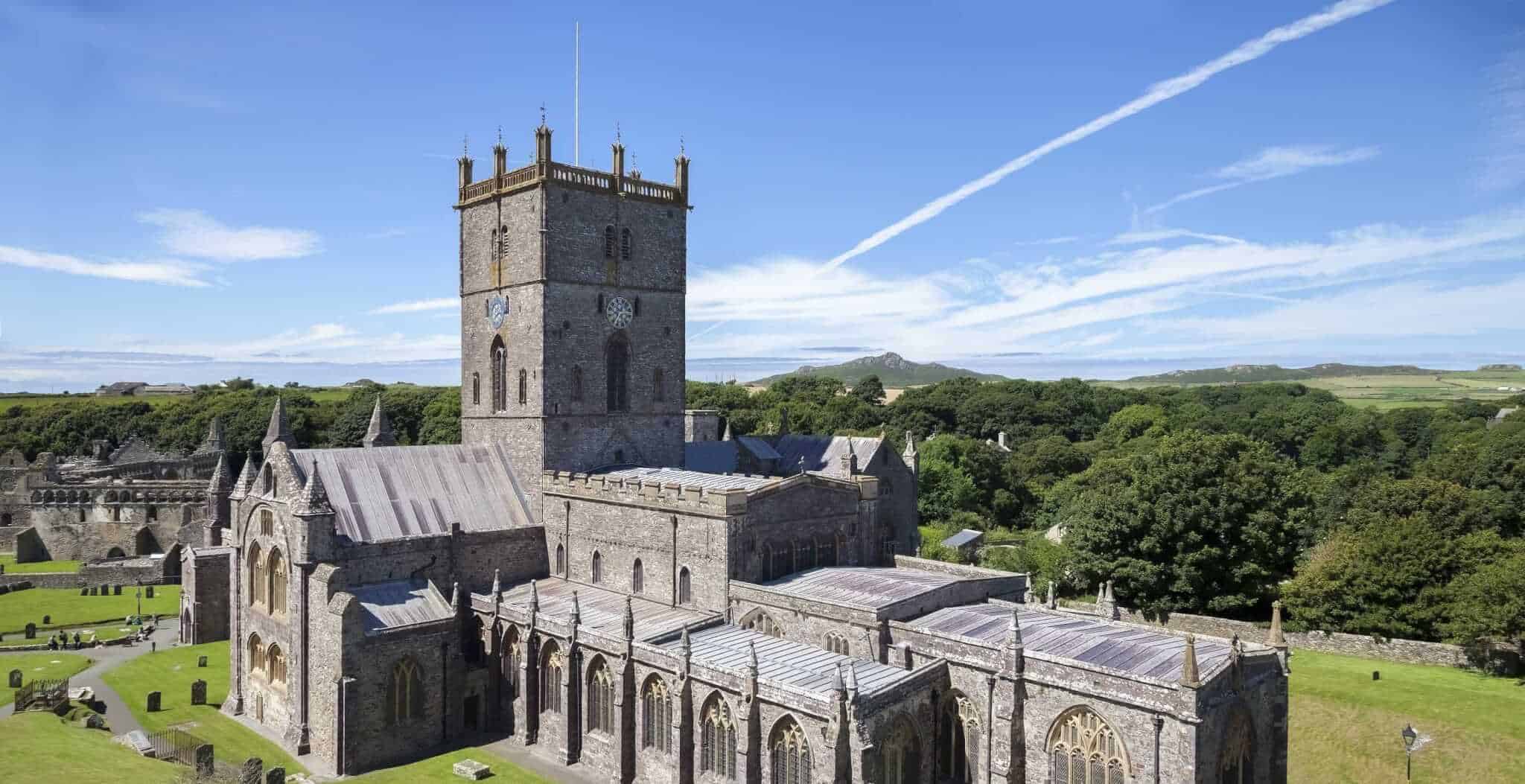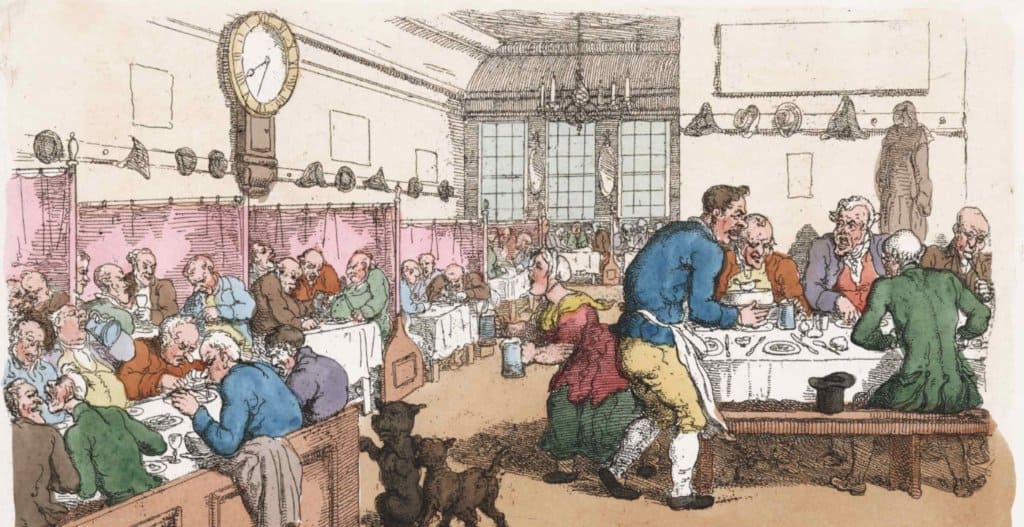Nestled down an ancient side street close to London Bridge Train Station is the site of the Tabard Inn. This historic coaching inn was originally established around 1300 and was one of a series that lined the old Roman route between London Bridge, Canterbury and Dover.
During the medieval period, Southwark was a relatively lawless suburb of London, falling outside of the reach of the City and instead under the notoriously corrupt Bishops of Winchester. Drinking establishments such as the Tabard would have been filled with criminals, prostitutes, drunkards… and even perhaps played host to the occasional bear bait or cock fight in the outside courtyard!
However, being on the route to Canterbury, the inn also attracted Christian pilgrims headed on their annual visit to the Shine of Thomas Becket in Canterbury Cathedral. The popularity of the Tabard Inn with these pilgrims was no doubt the reason that Geoffrey Chaucer chose it to be starting point for The Canterbury Tales.
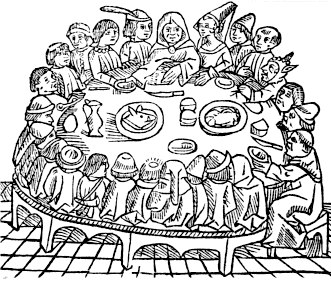
The Tabard Inn plays a central role in the book, as not only is the host of the book, Harry Bailey, its proprietor, it is also where the pilgrims start their journey to Canterbury.
As Southwark grew through the 15th and 16th centuries, more and more coaching inns sprang up around the area including the Queen’s Head, The Surre, The Bull and the George.
However, in 1669 there was a major fire in Southwark that destroyed many of these inns, including the Tabard. Luckily, their popularity meant that many were rebuilt straight away, including the Tabard, although it was subsequently renamed the Talbot Inn.
The Talbot Inn thrived for the next 150 years, although the arrival of the railways in the mid-1800’s led to a dramatic decline in the amount of passing trade. As such, the Talbot fell into disrepair and was eventually demolished in 1873.
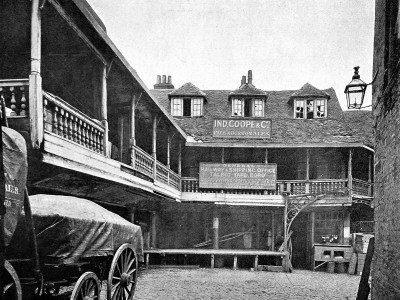
The Talbot Inn around 1850, just before it fell into decline.
Although the inn itself has long since disappeared, the old square where it sat still remains and we’ve marked it on the Google Map below.
Getting here
Southwark is easily accessible by boat, bus and rail, please try our London Transport Guide for help in getting around the capital.
Also in this square is The George Inn, the only surviving galleried coaching inn in London and once the neighbour of the Talbot. The George dates back to the 1500s (perhaps even earlier), although was rebuilt along with the Talbot Inn after the fire in 1669. If you are in the area, a visit to The George is well worth it… even Charles Dickens and William Shakespeare used to have the occasional pint here!
